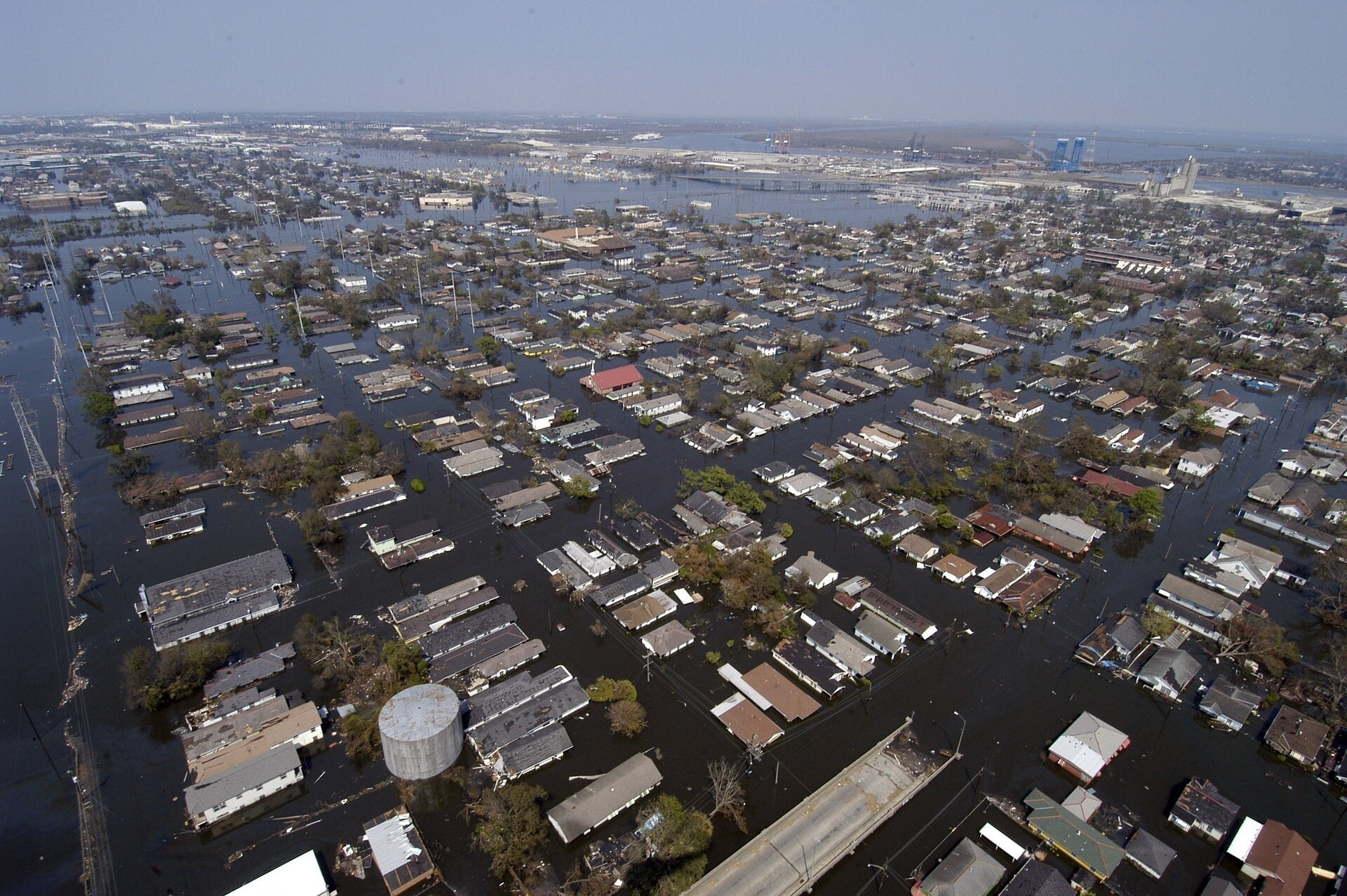This is how we can make buildings earthquake-proof

To make earthquake resistant buildings, designers can add a flexible steel skeleton, or fitt a ‘base isolation’ system to separate the building from its foundations. Image: Unsplash/Jose Antonio Gallego Vázquez

Get involved with our crowdsourced digital platform to deliver impact at scale
Stay up to date:
Global Risks
Listen to the article
- Countries such as Chile and Japan, which face regular earthquakes, have many regulations to ensure buildings can withstand these events as well as possible.
- Building damage is the primary cause of death, injury and property loss suffered from earthquakes, says the US Resiliency Council.
- Designers can help buildings withstand quake shocks by adding a flexible steel skeleton, or fitting a ‘base isolation’ system to separate the building from its foundations.
- Making earthquake resistant buildings not only saves lives but reduces the economic and environmental consequences of these disasters.
Every country has hundreds of rules and regulations surrounding the construction of buildings. In countries such as Chile and Japan, which face regular earthquakes, many extra rules have been put in place to ensure buildings can withstand these disasters as well as possible.
Chile sits on the Pacific Ocean’s Ring of Fire, one of the world’s most earthquake-prone regions, and has faced more than a dozen quakes of at least magnitude 7 in the past 50 years. But loss of life has been kept low – a fact that the United Nations Office for Disaster Risk Reduction says is partly down to Chile’s strict building codes.

The rules were updated after the country faced the world’s biggest earthquake in 1960. They ensure buildings are constructed in a way that allows them to sway with seismic waves, rather than remain rigid.
How to make earthquake resistant buildings
When an earthquake strikes, it creates horizontal forces that shake buildings from side to side.
Because buildings are made of concrete, which is strong but has little flexibility, these forces can stretch the concrete and cause it to crack.
Designers can remedy this by adding a flexible steel skeleton made of something called rebar, which is also known as reinforcement steel. Casting rebar inside concrete boosts the overall strength of the concrete and enhances its ability to withstand force.
This is because rebar has elastic qualities and can help the building return to its original shape.
Shock absorbers for buildings
Buildings can also be fitted with “base isolation” systems to separate the building from its foundations through the use of springs or runners. This means that when an earthquake starts, the resulting movement will not impose stress on the structure of the building.
This system is used in Japan, where buildings are erected on shock absorbers – such as thick blocks of rubber – to help them stay stable during tremors.
What is the World Economic Forum doing to promote sustainable urban development?
After the Kobe earthquake in 1995, which killed more than 6,000 people, Japan carried out extensive research into making buildings earthquake-resistant, including retrofitting older structures, the New York Times reported. Like Chile, it put in place strict rules around making sure buildings are able to withstand earthquakes.
The benefits of quake-resistant buildings
“Building damage is the primary cause of death, injury and property loss suffered from earthquakes,” says the US Resiliency Council, which runs rating systems for building performance.
It says making sure buildings can withstand earthquakes not only saves lives and prevents injuries, but reduces the economic consequences of these disasters. There are also environmental benefits, as there is less need for debris to go to landfill, and no consumption and emissions spent on reconstruction efforts.
Turkey is facing costs of up to $85 billion following the earthquake of early 2023, with over $70 billion of this needed to repair homes.
Natural disasters such as earthquakes, floods and wildfires are the second-most severe risk facing the world over the next two years, according to the World Economic Forum’s Global Risks Report 2023.

Research is being undertaken into any potential links between climate change and earthquakes, but NASA geophysicist Paul Lundgren told website Green Matters that: "We’re simply not in a position at this point to say that climate processes could trigger a large quake.”
The US Geological Survey says that the only correlation noted between earthquakes and weather is that large changes in atmospheric pressure – such as those caused by large storms – can trigger “slow earthquakes”, which release energy over a long period and don’t result in ground tremors.
Don't miss any update on this topic
Create a free account and access your personalized content collection with our latest publications and analyses.
License and Republishing
World Economic Forum articles may be republished in accordance with the Creative Commons Attribution-NonCommercial-NoDerivatives 4.0 International Public License, and in accordance with our Terms of Use.
The views expressed in this article are those of the author alone and not the World Economic Forum.
The Agenda Weekly
A weekly update of the most important issues driving the global agenda
You can unsubscribe at any time using the link in our emails. For more details, review our privacy policy.
More on Global RisksSee all
Gareth Byatt and Ilan Kelman
March 11, 2024
Andrea Willige
March 6, 2024
Richard Aster
November 15, 2023
Ian Shine and Rebecca Geldard
November 14, 2023
Andrea Willige
October 26, 2023
Simon Torkington
September 14, 2023






